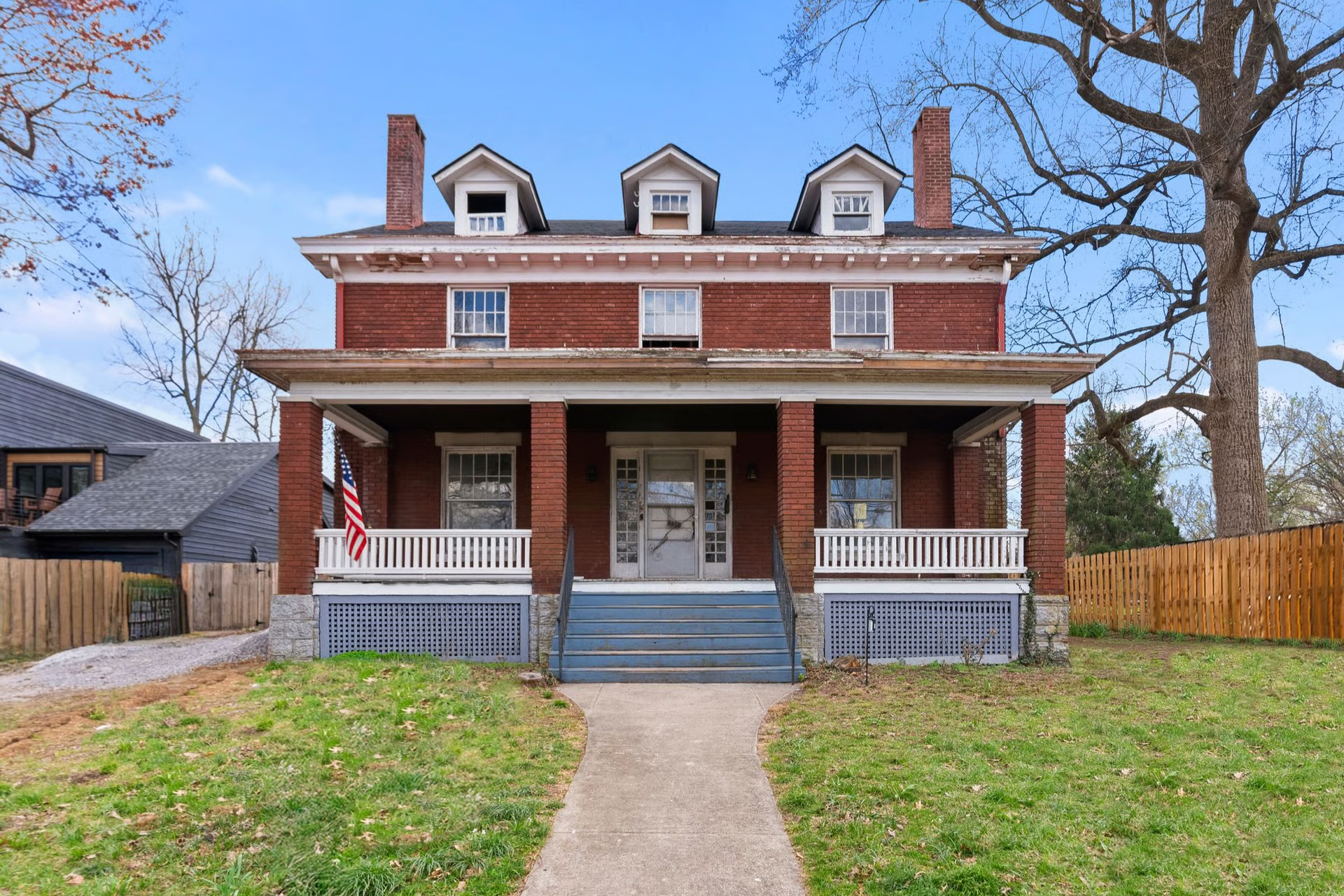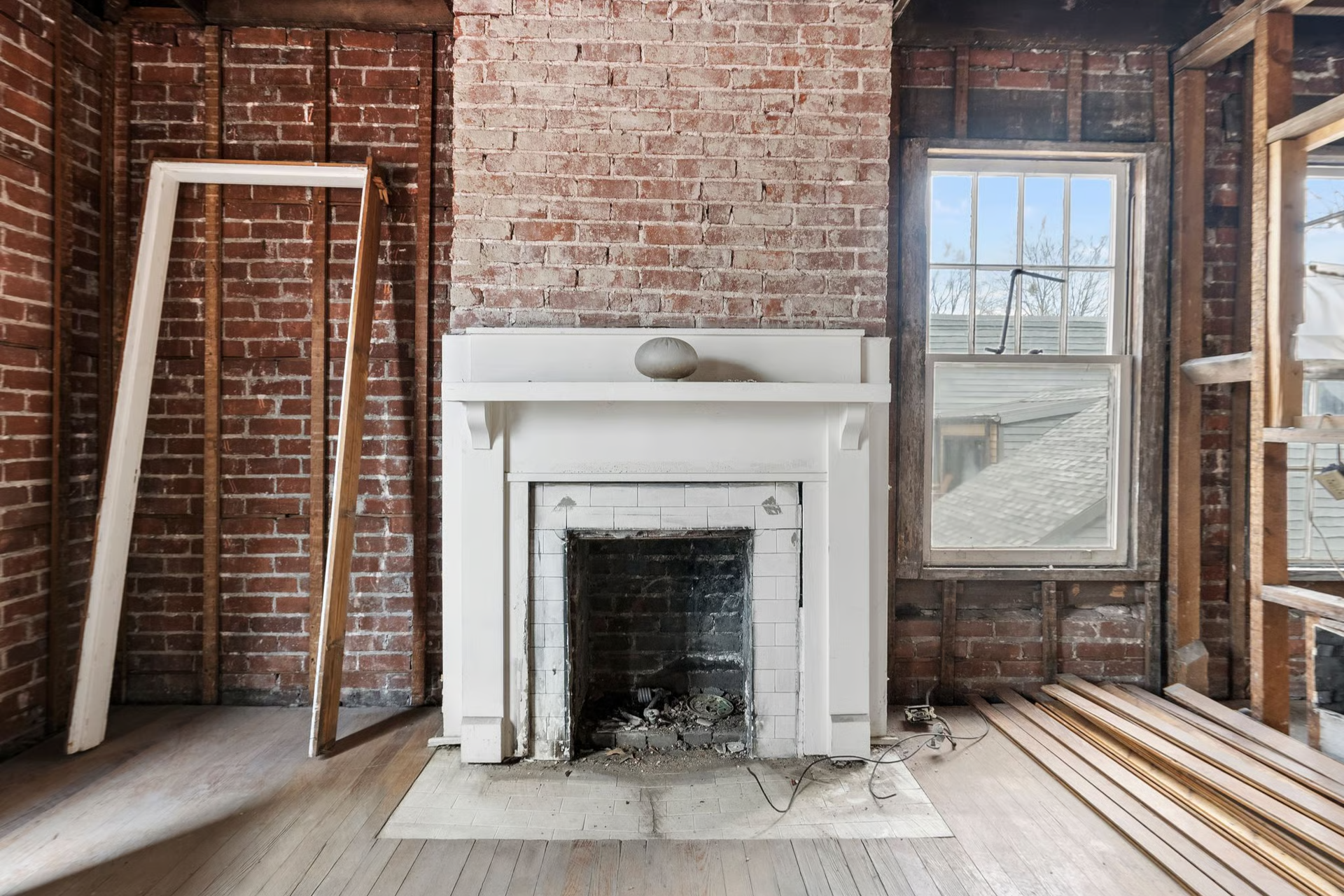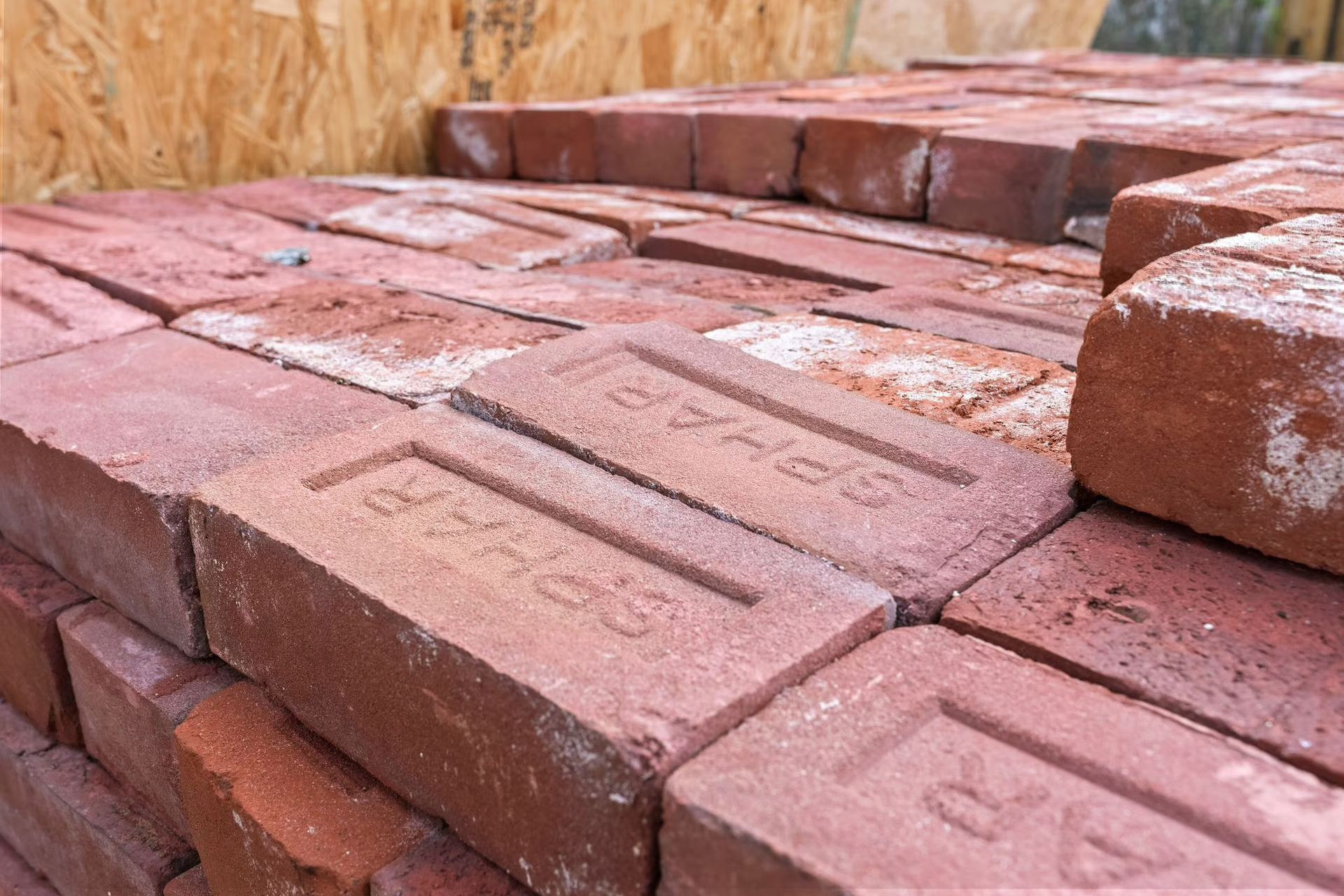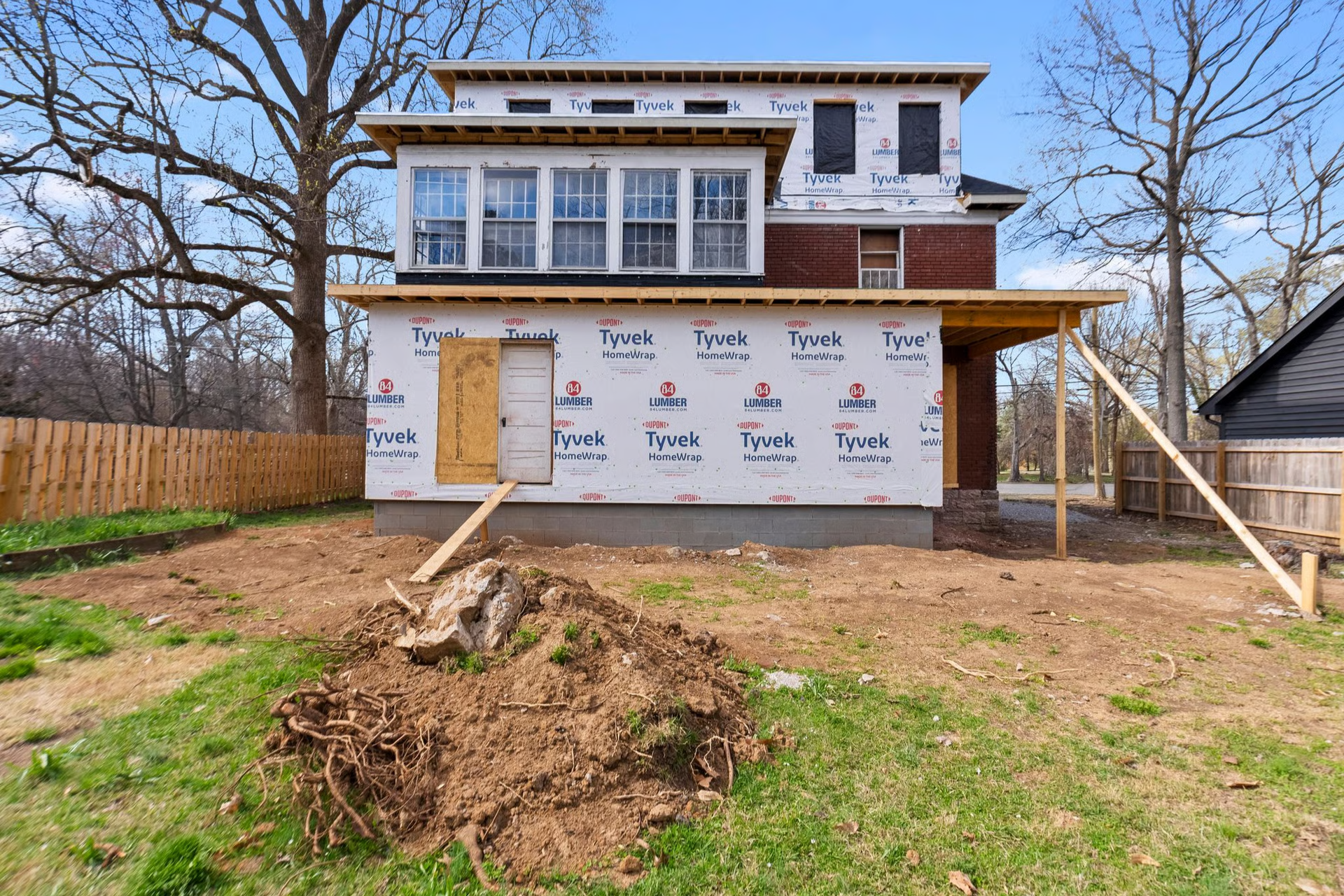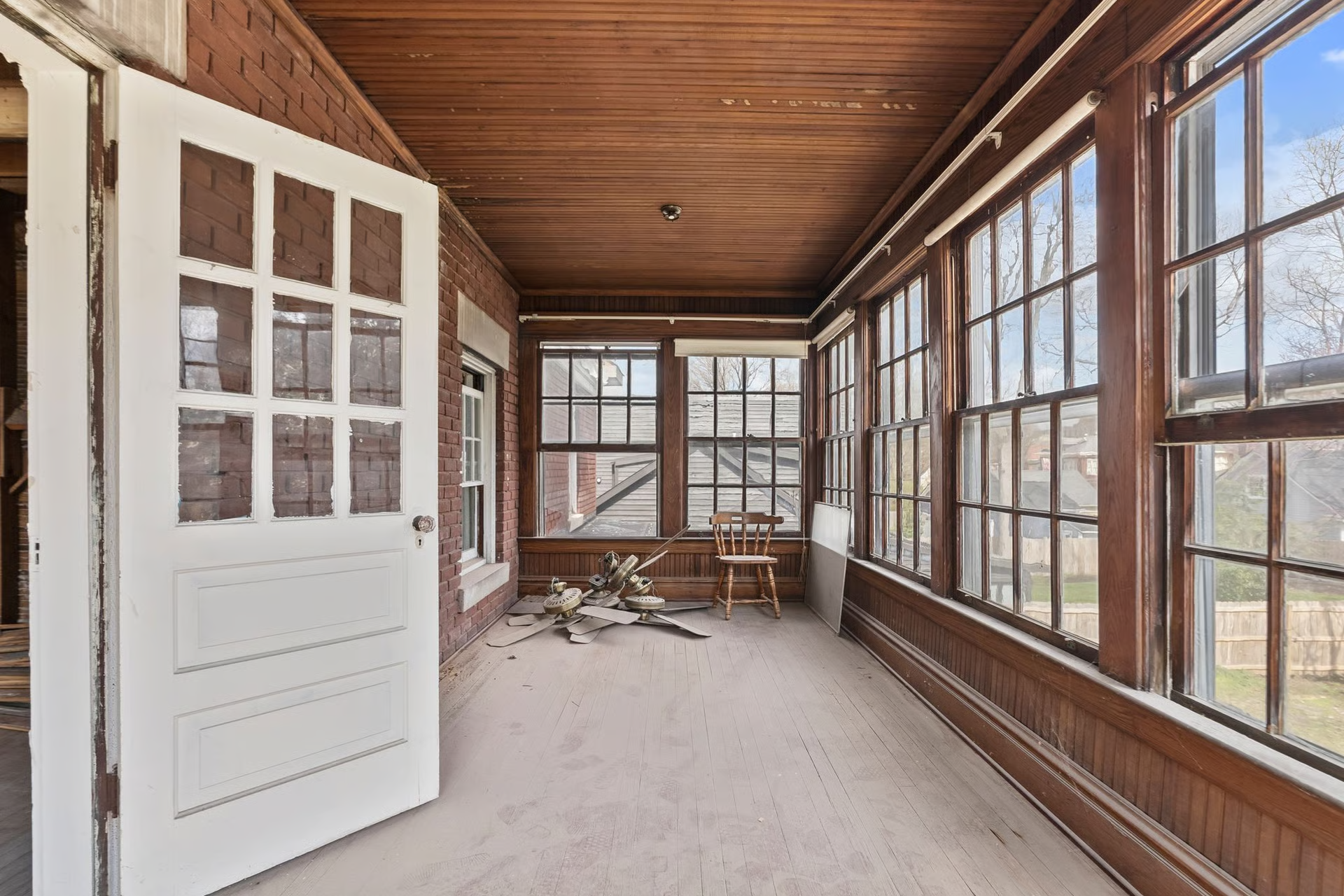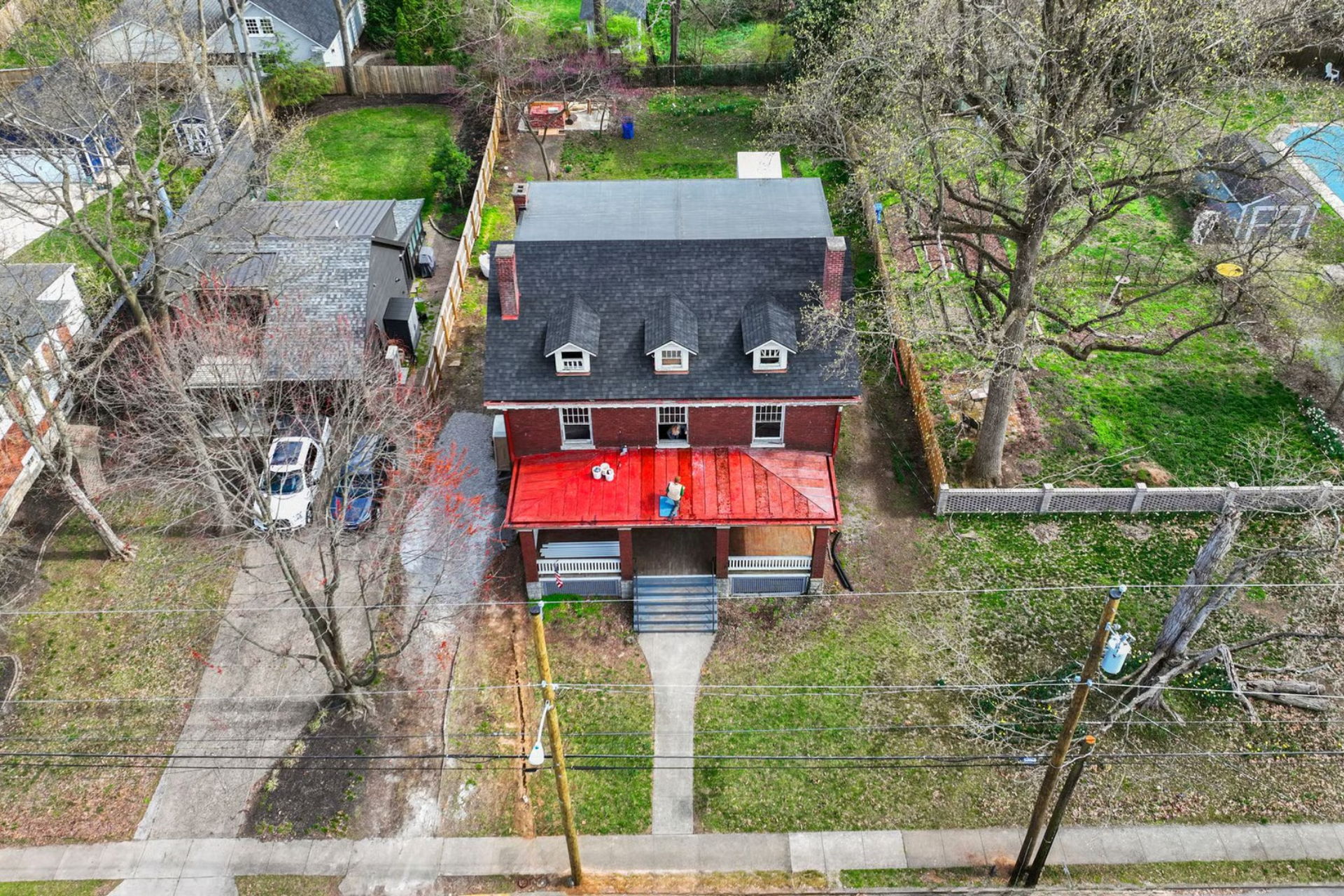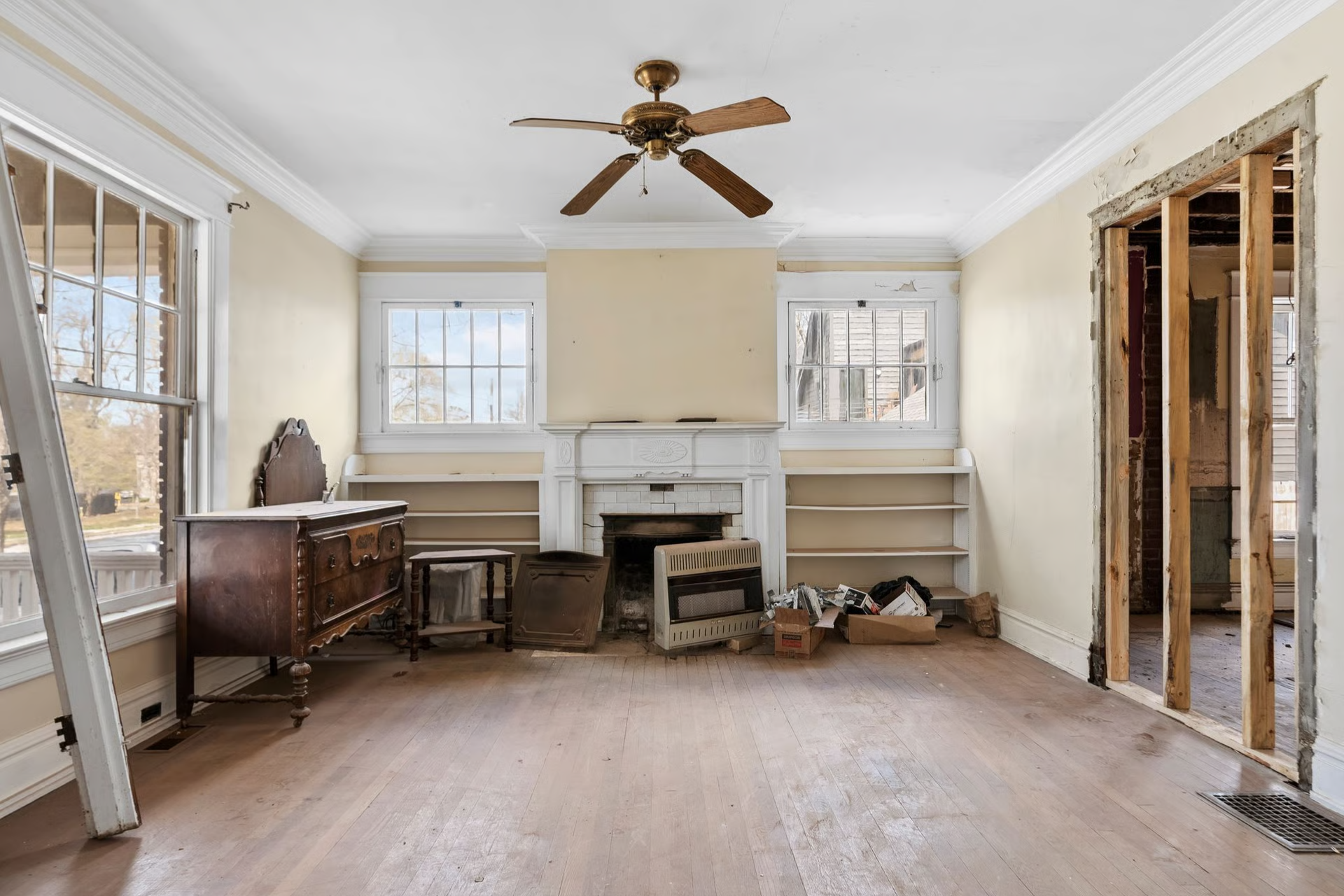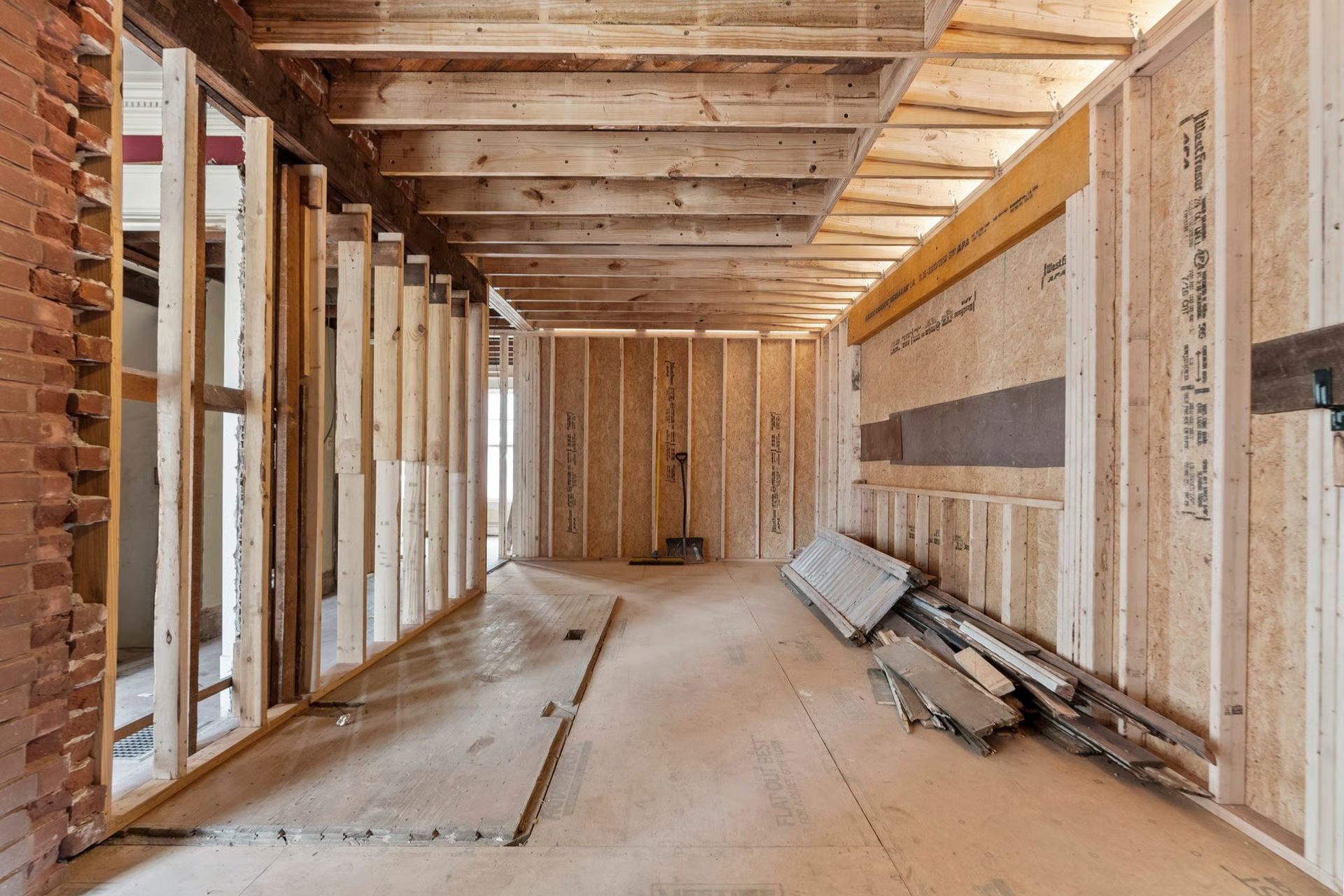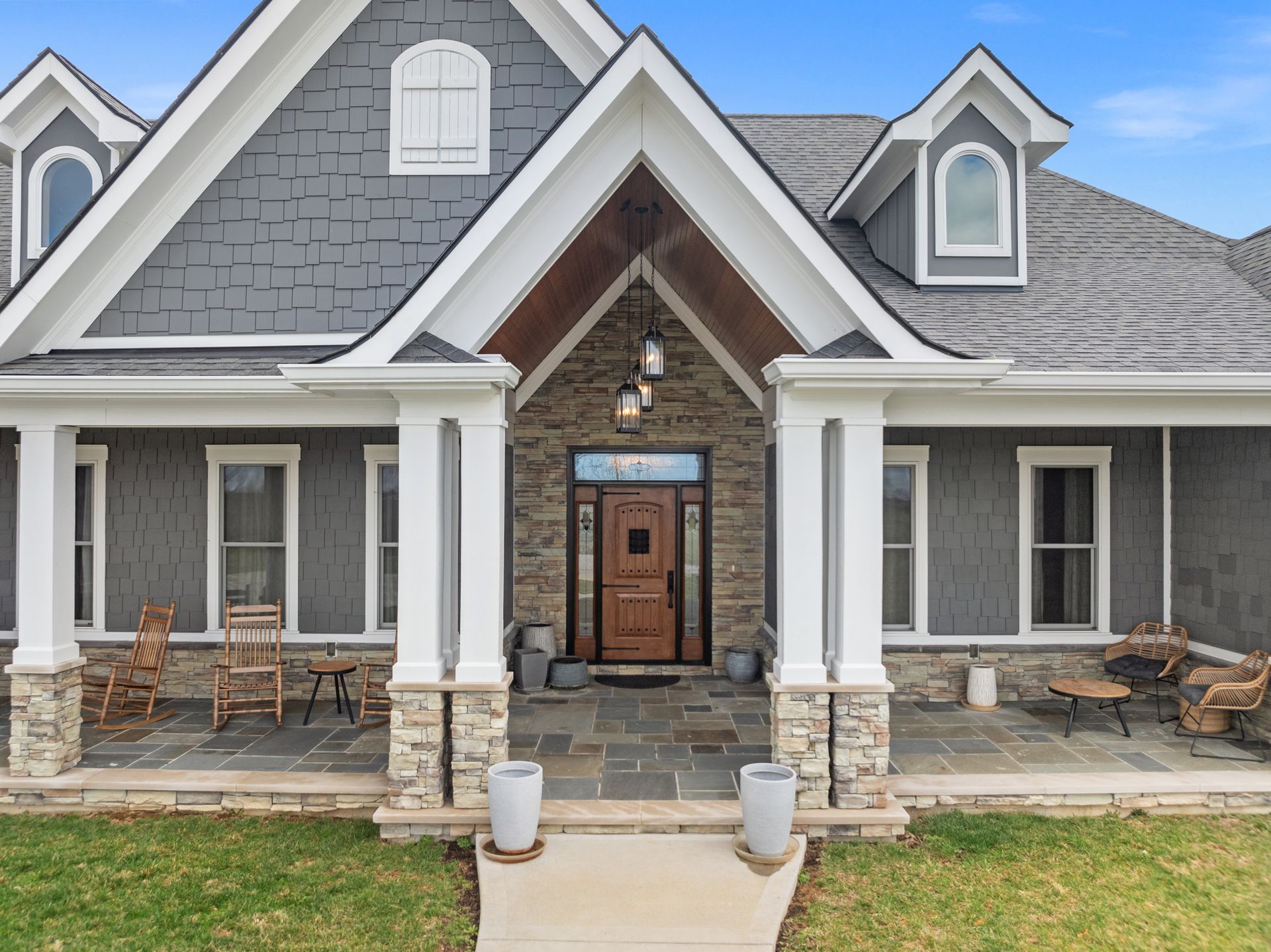1. Research and Understand the Home's History
Delve into the property's history by consulting resources like local libraries, public records, and possibly even interviewing previous owners and neighbors. This research can provide valuable insights into the construction period, original design, and any prior alterations. Also, carefully examine the home's original workmanship, noting the materials used, intricate details, and unique features. Understanding these aspects is crucial for making informed restoration decisions.
“The Clay Avenue home is steeped in history. Originally built in 1931, it was in a remarkably sound structural condition, still resting on its original masonry foundation,” said Crawford-Adams, Vice President. “We’ve heard many stories about the property over time — from a chicken coop once located on the rear porch to a yard once filled with flowers!”

